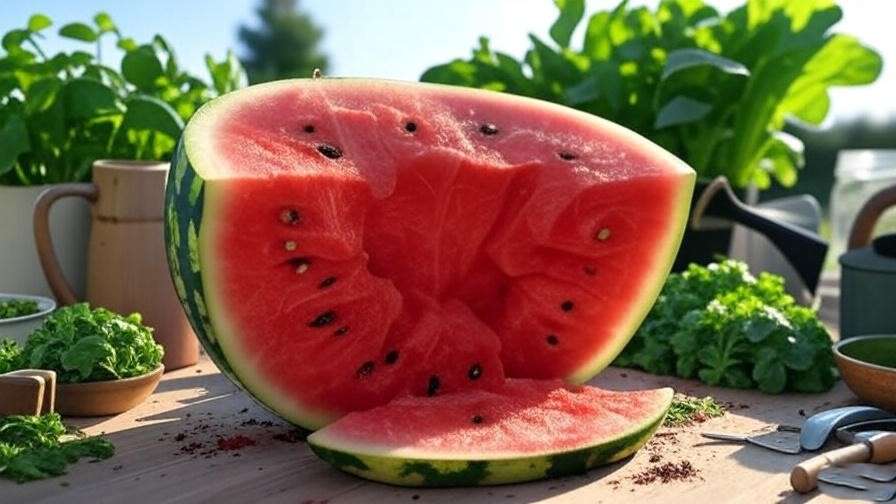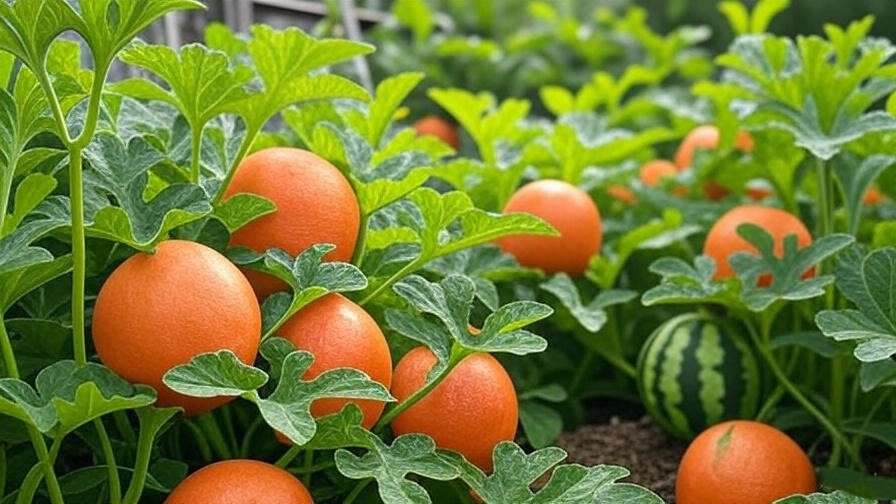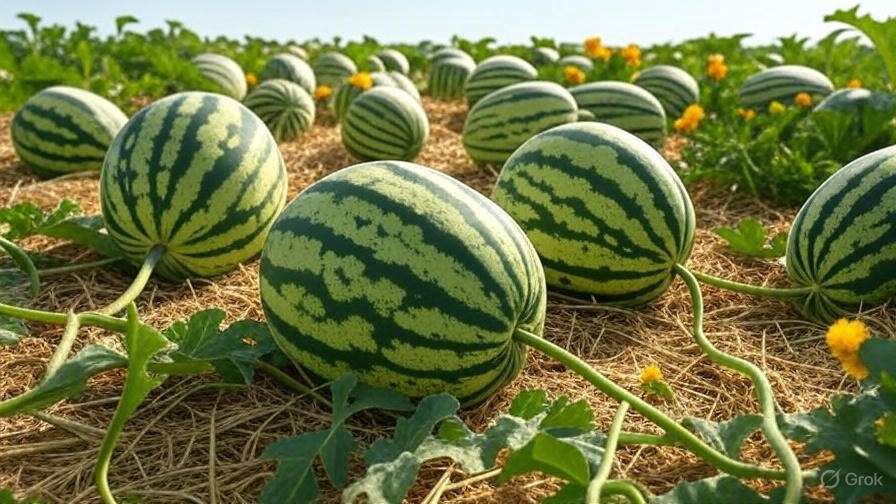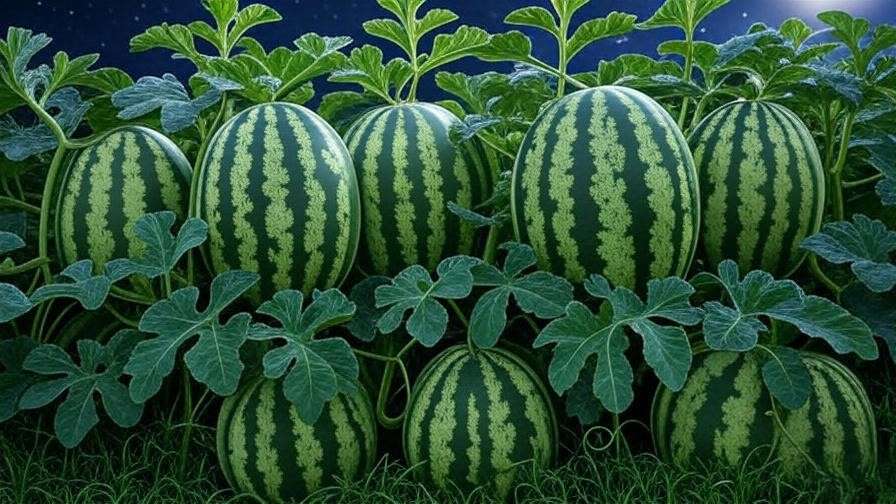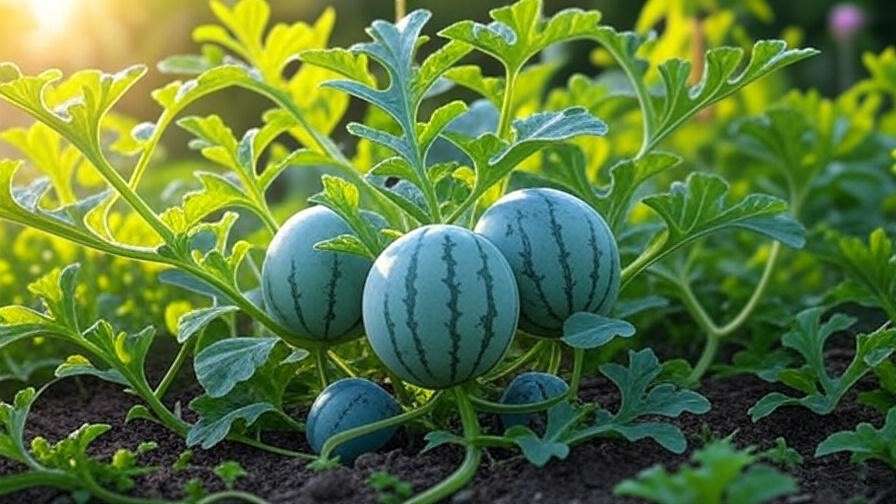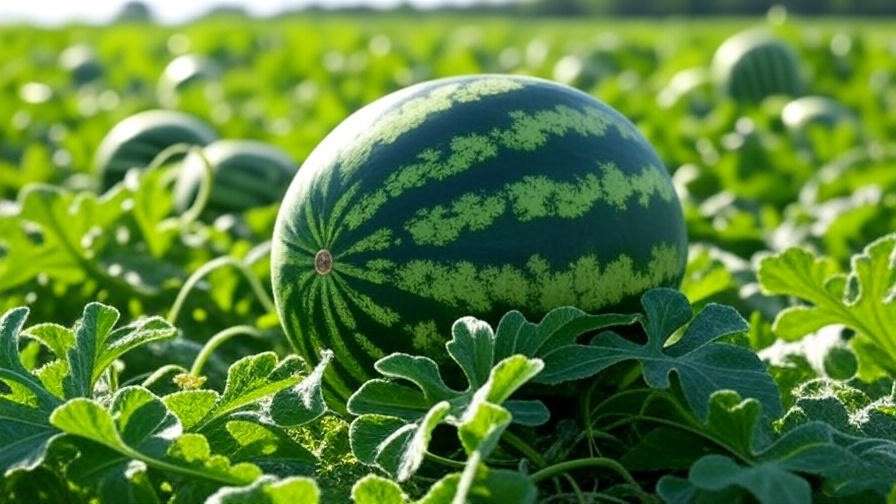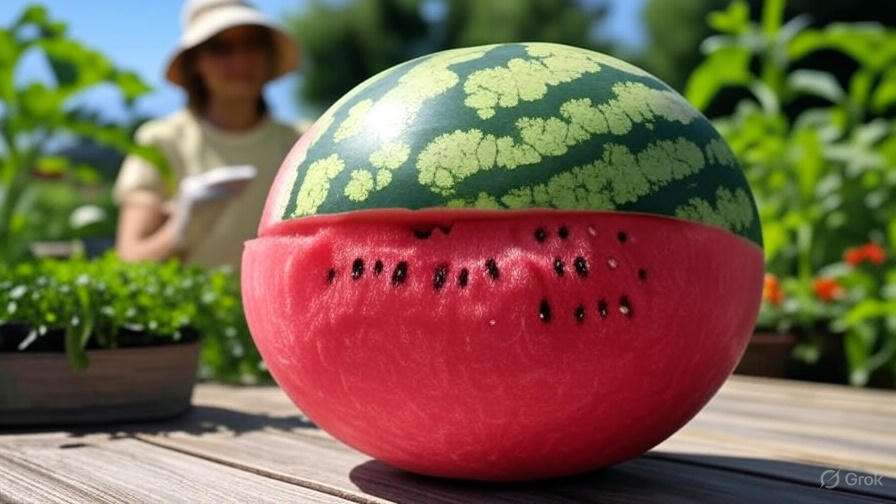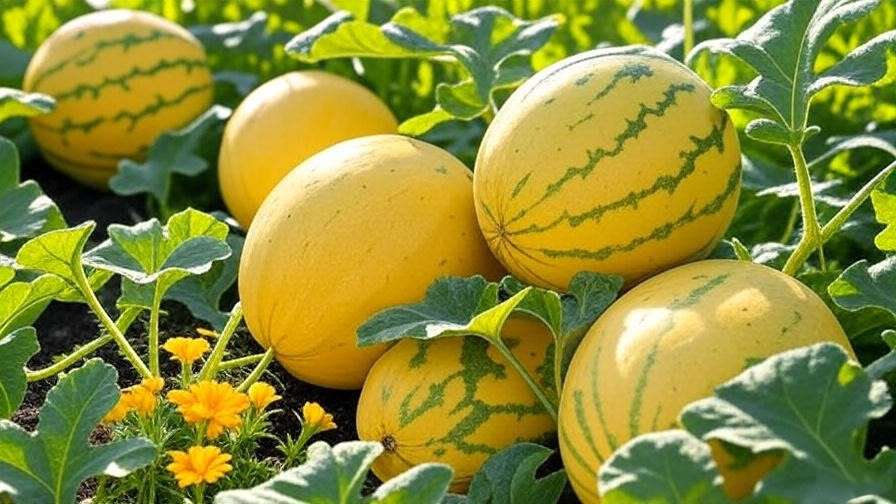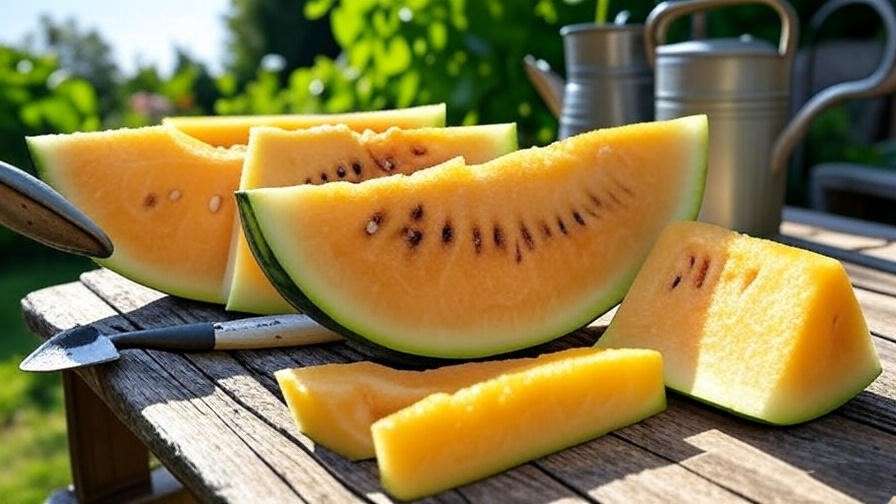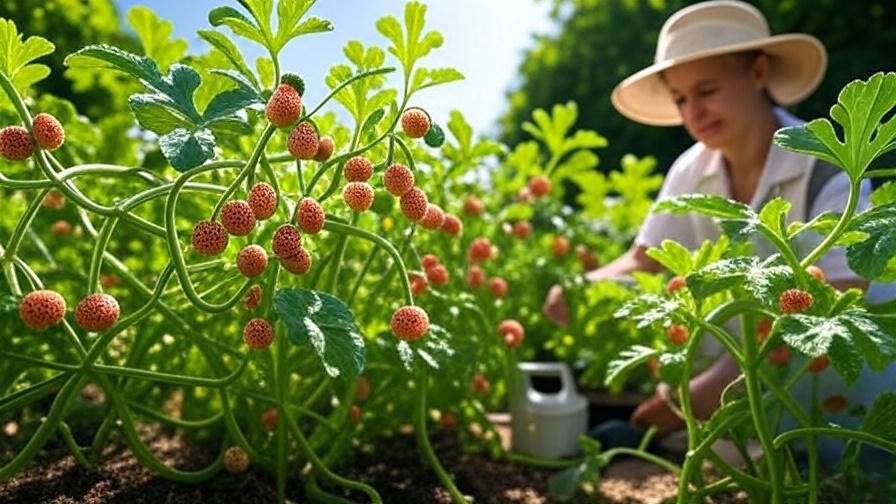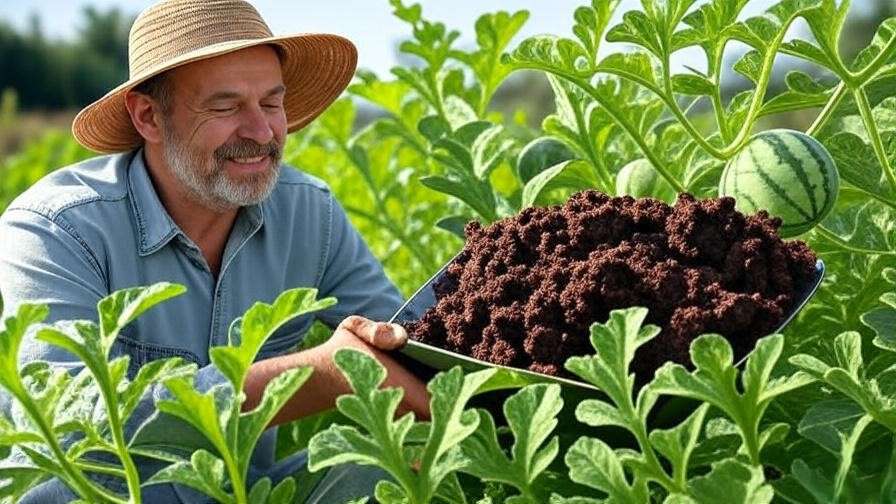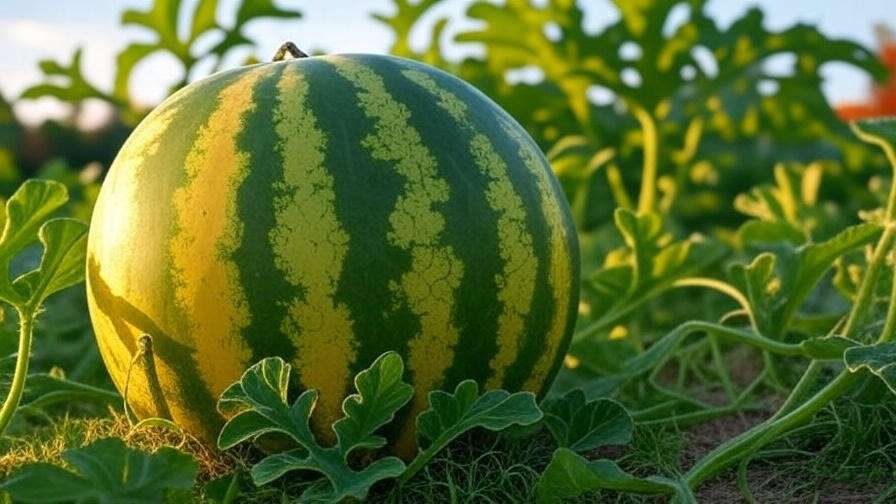Picture this: you’re at the farmer’s market, eyeing a vibrant seedless watermelon, its juicy flesh promising a mess-free snack. But a question nags at you: Is seedless watermelon GMO? You’re not alone. Gardeners, plant enthusiasts, and health-conscious consumers often wonder about the origins of this convenient fruit. With so much misinformation swirling around GMOs and hybrid plants, it’s time to set the record straight. In this comprehensive guide, we’ll dive deep into the science, history, and practical tips behind seedless watermelons, empowering you to make informed choices whether you’re growing, buying, or eating them. Backed by horticultural expertise and trusted sources, this article is your go-to resource for understanding seedless watermelons. 🍉
What Are Seedless Watermelons? 🍉
Seedless watermelons have become a summer staple, loved for their convenience and sweet, juicy flesh. But what exactly are they, and how do they differ from their seeded counterparts? Let’s explore.
A Brief History of Seedless Watermelons
Seedless watermelons aren’t a modern lab creation—they trace back to the mid-20th century. In the 1940s, Japanese scientists pioneered the technique to create seedless varieties through selective breeding. By the 1950s, seedless watermelons hit commercial markets in the United States, quickly gaining popularity. Today, varieties like Crimson Sweet derivatives and Sugar Baby hybrids dominate grocery stores and gardens worldwide. According to the National Watermelon Promotion Board, seedless watermelons now account for over 80% of watermelon sales in the U.S. 📊
How Seedless Watermelons Differ from Seeded Varieties
Unlike seeded watermelons, which contain mature, hard seeds, seedless varieties have soft, white seed coats that are barely noticeable when eaten. They’re often sweeter and have a firmer texture, making them ideal for picnics, smoothies, or kid-friendly snacks. Here’s a quick comparison:
| Feature | Seeded Watermelon | Seedless Watermelon |
| Seeds | Hard, black seeds | Soft, white seed coats |
| Taste | Sweet, slightly variable | Consistently sweeter |
| Texture | Juicy, sometimes fibrous | Firm, crisp |
| Growing Difficulty | Moderate | Moderate to high (requires pollinator) |
For plant enthusiasts, seedless watermelons offer a rewarding challenge, but their unique growing requirements set them apart, as we’ll explore later.

Is Seedless Watermelon GMO? The Science Explained 🧬
The question “Is seedless watermelon GMO?” is one of the most common queries among gardeners and consumers. To answer it, we need to unpack the science behind GMOs and seedless watermelon production.
Defining GMO (Genetically Modified Organisms)
A genetically modified organism (GMO) is a plant, animal, or microbe whose DNA has been altered using genetic engineering techniques, typically in a lab, to introduce specific traits like pest resistance or enhanced nutrition. According to the U.S. Department of Agriculture (USDA), GMOs involve the insertion of genes from unrelated species—think adding a bacterial gene to a plant. In contrast, traditional breeding relies on crossing plants within the same species to enhance desirable traits, a practice used for centuries.
How Seedless Watermelons Are Created
Seedless watermelons are not GMOs—they’re hybrids created through a natural breeding process called triploidy. Here’s how it works:
- Crossing Diploid and Tetraploid Plants: Plant breeders start with a diploid watermelon (with two sets of chromosomes) and a tetraploid watermelon (with four sets, induced using a natural chemical like colchicine). Crossing these produces a triploid watermelon with three sets of chromosomes.
- Sterility Leads to Seedlessness: Triploid plants are sterile, meaning they can’t produce mature seeds. The result? Fruit with soft, edible seed coats instead of hard seeds.
- Pollination Requirement: Triploid watermelons need a diploid “pollinator” plant nearby to produce fruit, as they can’t self-pollinate.
This process, developed decades ago, relies entirely on traditional breeding techniques, not genetic engineering. As Dr. Bill Rhodes, a horticulturalist at Clemson University, explains, “Seedless watermelons are a triumph of selective breeding, not lab-based gene editing.”
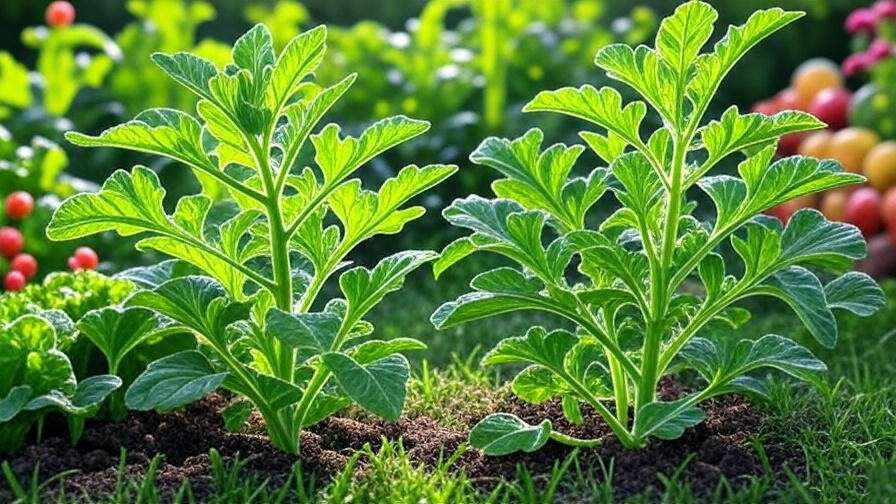
Are There GMO Watermelons on the Market?
As of August 2025, no commercially available watermelons—seeded or seedless—are genetically modified. The USDA and FDA confirm that watermelons sold in stores are either conventionally bred or hybrid varieties. While genetic engineering is used in crops like corn and soybeans, watermelons haven’t been targeted for GMO development due to their already robust traits and consumer preference for non-GMO produce. However, myths persist because the seedless trait seems “unnatural” to some. Rest assured, seedless watermelons are as natural as their seeded cousins.
Why the GMO Question Matters to Plant Enthusiasts 🌿
Understanding whether seedless watermelons are GMOs isn’t just academic—it has practical implications for gardeners, consumers, and eco-conscious individuals.
Consumer Concerns About GMOs
GMOs spark heated debates. Some worry about health risks, though decades of research, including studies by the National Academy of Sciences, show no evidence that GMOs are unsafe for consumption. Others raise environmental concerns, like crossbreeding with wild species or pesticide overuse. For plant enthusiasts, the GMO question often ties to a preference for natural, non-engineered crops. Knowing seedless watermelons are non-GMO can ease these concerns, allowing you to enjoy or grow them with confidence.
Implications for Gardeners
For home gardeners, the seedless watermelon’s hybrid nature affects how you grow them. Unlike seeded varieties, seedless watermelons require a pollinator plant (a seeded variety) to set fruit, adding a layer of complexity. You’ll also need to source seeds from reputable suppliers, as you can’t save seeds from a seedless watermelon. Look for non-GMO certified seeds from brands like Burpee or Johnny’s Selected Seeds to ensure quality.
Environmental and Ethical Considerations
Seedless watermelon production raises questions about sustainability. Hybrid seeds must be purchased anew each season, unlike heirloom varieties that allow seed saving. This can increase costs and reliance on seed companies. However, modern farming practices, like integrated pest management, help mitigate environmental impacts. Gardeners can also support biodiversity by growing heirloom watermelons alongside seedless varieties, preserving genetic diversity in their gardens.
Growing Your Own Seedless Watermelons: Tips for Success 🌞
Ready to grow your own seedless watermelons? It’s a rewarding endeavor for plant enthusiasts, though it requires extra planning. Here’s how to succeed.
Can You Grow Seedless Watermelons at Home?
Absolutely! While seedless watermelons are slightly trickier to grow than seeded ones, they’re within reach for intermediate gardeners. The key challenge is pollination: seedless (triploid) watermelons need a seeded (diploid) variety planted nearby to provide pollen. With the right setup, you can harvest juicy, seedless fruit in 80–90 days.
Step-by-Step Guide to Growing Seedless Watermelons
- Choose Quality Seeds: Purchase non-GMO certified seedless watermelon seeds (e.g., ‘Mini Piccolo’ or ‘Triple Crown’) and a diploid pollinator variety (e.g., ‘Sugar Baby’). Reputable suppliers like Seed Savers Exchange ensure quality.
- Prepare the Soil: Watermelons thrive in well-drained, loamy soil with a pH of 6.0–6.8. Add compost or organic fertilizer to boost nutrients.
- Plant Strategically: Sow seeds after the last frost in a sunny spot (6–8 hours of direct sunlight). Space seedless and pollinator plants 3–4 feet apart in rows, with 1:3 pollinator-to-seedless ratio.
- Ensure Pollination: Bees are essential for pollination. If bee activity is low, try hand-pollination by transferring pollen from the pollinator plant’s male flowers to the seedless plant’s female flowers.
- Care and Maintenance: Water deeply (1–2 inches per week), mulch to retain moisture, and use organic pest control (e.g., neem oil) for pests like aphids or cucumber beetles.
- Harvest: Harvest when the fruit’s underside turns yellow and the rind feels firm (typically 80–90 days after planting).
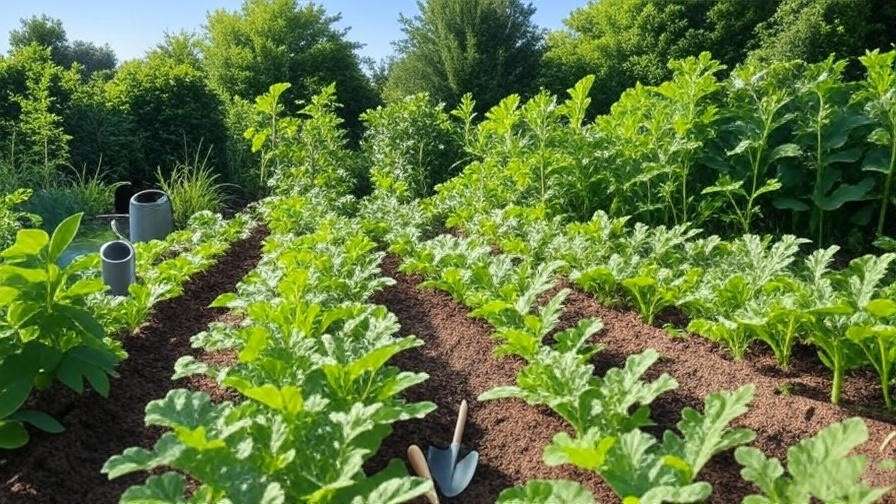
Common Challenges and How to Overcome Them
- Poor Pollination: If fruit set is low, attract more bees with companion plants like marigolds or hand-pollinate.
- Pest Damage: Use row covers early in the season and monitor for pests regularly.
- Low Fruit Yield: Ensure proper spacing and a healthy pollinator-to-seedless ratio to maximize fruit production.
Health and Nutrition: Are Seedless Watermelons as Healthy? 🥗
Seedless watermelons aren’t just convenient—they’re packed with nutrition. But are they as healthy as seeded varieties?
Nutritional Profile of Seedless vs. Seeded Watermelons
Both seedless and seeded watermelons offer similar nutritional benefits. A 1-cup serving (152g) provides:
- Calories: ~46 kcal
- Vitamin C: ~21% of the Daily Value (DV)
- Lycopene: A powerful antioxidant linked to heart health
- Water Content: ~92%, great for hydration
Studies, like those published in the Journal of Agricultural and Food Chemistry, show no significant nutritional differences between seeded and seedless varieties. Both are low-calorie, hydrating, and rich in antioxidants.
Are Seedless Watermelons Safe to Eat?
Seedless watermelons are perfectly safe. The FDA and USDA confirm that hybrid breeding poses no health risks. The soft seed coats are edible and digestible, making them ideal for kids or those with dietary restrictions. Misconceptions about “unnatural” hybrids often fuel doubts, but these are rooted in misunderstanding, not science.
Benefits for Specific Diets
Seedless watermelons shine in various diets:
- Low-Seed Diets: Perfect for those with digestive issues or diverticulitis.
- Kid-Friendly: No choking hazards from hard seeds.
- Low-Calorie Diets: A sweet, guilt-free snack.
Recipe Idea: Blend seedless watermelon with mint and lime for a refreshing smoothie, or grill slices with a sprinkle of chili powder for a savory twist.
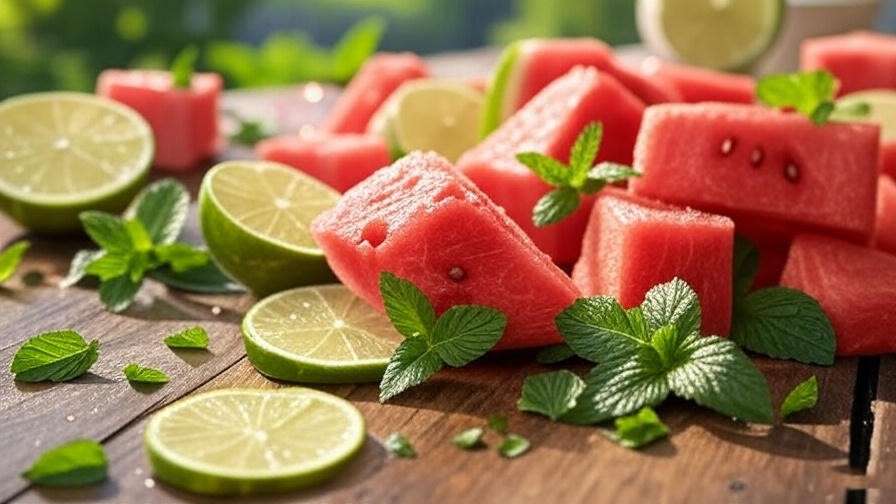
Debunking Myths and Misconceptions About Seedless Watermelons 🕵️♂️
Misinformation about seedless watermelons abounds, often fueled by their seemingly “unnatural” lack of seeds. Let’s tackle the most common myths with science-backed facts to set the record straight.
Myth 1: Seedless Watermelons Are Unnatural
Many assume seedless watermelons are a product of modern genetic engineering, but that’s far from the truth. As we’ve established, seedless watermelons are created through hybrid breeding—a natural, time-tested technique used for centuries in agriculture. Think of it like crossing two heirloom tomato varieties to get a tastier hybrid. The process of creating triploid watermelons involves no lab-based gene editing, just careful plant selection. According to Dr. Angela Davis, a watermelon researcher at the USDA’s Agricultural Research Service, “Hybrid breeding is as old as farming itself—it’s just more precise today.”
Myth 2: Seedless Watermelons Are Less Flavorful
Some claim seeded watermelons taste better, but taste tests tell a different story. A 2019 study by the University of Florida’s Horticultural Sciences Department found that seedless varieties, like ‘Fascination’ and ‘Melody,’ often score higher in sweetness and texture compared to seeded counterparts. Their firmer flesh and concentrated sugars make them a favorite for many. While taste is subjective, the notion that seedless watermelons lack flavor is largely a myth. For gardeners, choosing high-quality seedless varieties ensures a delicious harvest.
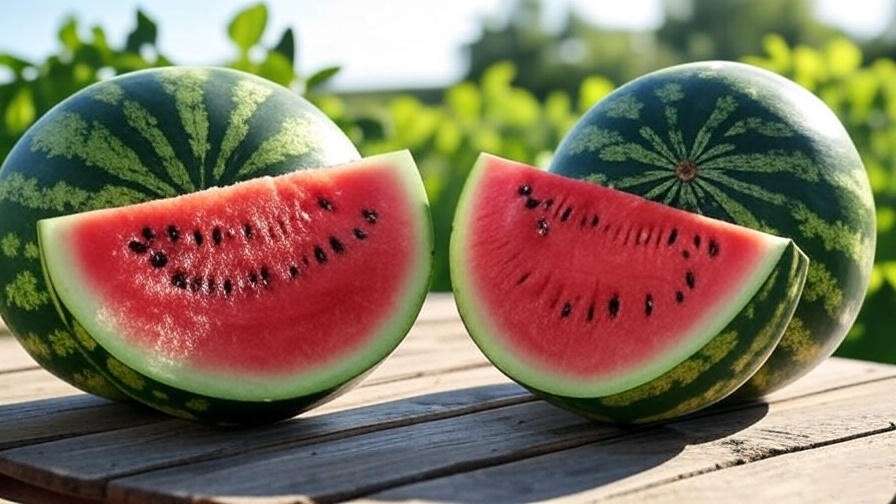
Myth 3: Seedless Watermelons Harm the Environment
Critics sometimes argue that seedless watermelon farming is less sustainable due to the need for hybrid seeds each season. While it’s true that triploid seeds can’t be saved for replanting, this is a standard practice for many hybrid crops, not just watermelons. Modern farming techniques, like drip irrigation and integrated pest management, minimize environmental impact. Gardeners can further reduce their footprint by choosing organic, non-GMO seeds and composting plant waste. Pairing seedless varieties with heirloom watermelons can also support biodiversity in your garden.
Expert Insights: What Horticulturalists Say About Seedless Watermelons 👩🌾
To deepen our understanding, let’s turn to the experts. Dr. Todd Wehner, a renowned watermelon breeder at North Carolina State University, emphasizes the value of seedless varieties: “They’ve revolutionized the watermelon industry by offering convenience without sacrificing quality.” He notes that ongoing research focuses on improving disease resistance and yield in seedless watermelons, making them even more appealing for growers.
Similarly, extension programs, like those at Cornell University, highlight the importance of proper pollination for seedless watermelon success. Their guides recommend planting pollinator varieties at a 1:3 ratio to ensure robust fruit set—a tip echoed by experienced home gardeners. These insights underscore the blend of science and practicality behind seedless watermelons, reinforcing their place in modern horticulture.
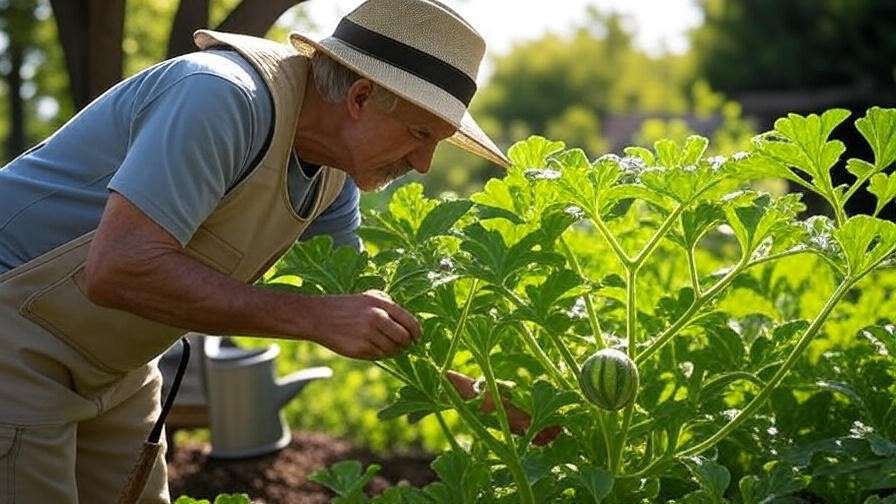
FAQs About Seedless Watermelons ❓
To address lingering questions, here are answers to the most common queries about seedless watermelons, grounded in expertise and research.
Question 1: Is seedless watermelon GMO or genetically engineered?
No, seedless watermelons are not GMO. They’re created through hybrid breeding, a natural process that crosses diploid and tetraploid plants to produce sterile, triploid fruit. No genetic engineering is involved.
Question 2: Can I save seeds from a seedless watermelon to grow my own?
No, seedless watermelons produce sterile seeds that won’t germinate. You’ll need to purchase triploid seeds from a reputable supplier, along with a diploid pollinator variety.
Question 3: Are seedless watermelons harder to grow than seeded ones?
Yes, they’re slightly more challenging due to the need for a pollinator plant and precise growing conditions. However, with proper planning (e.g., correct plant ratios and pollination support), they’re manageable for intermediate gardeners.
Question 4: Do seedless watermelons taste different from seeded ones?
Seedless watermelons are often sweeter and firmer, thanks to their triploid nature. Taste varies by variety, but many prefer seedless for their consistent flavor and texture.
Question 5: Are there any health risks associated with eating seedless watermelons?
No, seedless watermelons are safe to eat. The FDA and USDA confirm that hybrid breeding poses no health risks, and their nutritional profile is comparable to seeded varieties.
Conclusion: Making Informed Choices About Seedless Watermelons 🎯
Seedless watermelons are a triumph of horticultural ingenuity—convenient, delicious, and entirely non-GMO. By understanding their origins, you can confidently grow, buy, or enjoy them without worry. Whether you’re a home gardener eager to try cultivating your own or a consumer seeking a tasty, mess-free snack, seedless watermelons offer something for everyone. Their hybrid nature doesn’t make them less natural; it makes them a testament to the power of selective breeding.
Ready to dive in? Try growing a seedless variety like ‘Triple Crown’ alongside a pollinator like ‘Sugar Baby’ for a rewarding harvest. Or, whip up a watermelon salad to savor their sweet, juicy flesh. Share this guide with fellow plant enthusiasts to spread the word about these remarkable fruits. For more tips on growing watermelons or exploring non-GMO gardening, check out our related articles on Watermelon Care 101 and Heirloom Gardening for Beginners. 🌞

